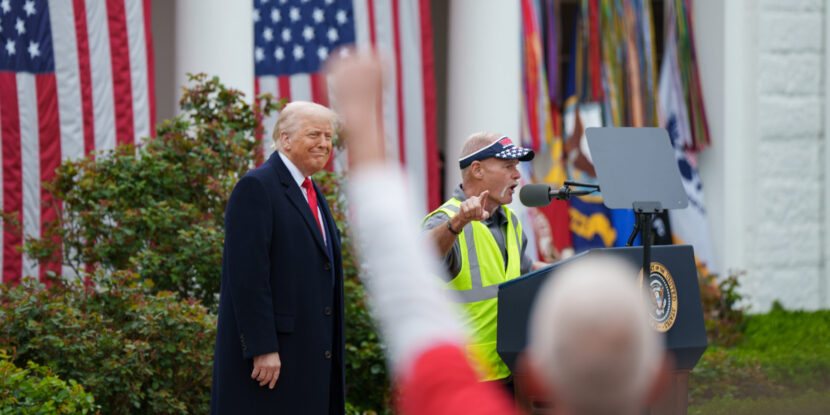
PULSE POINTS:
❓What Happened: New applications for unemployment benefits in the U.S. fell by 13,000 to 228,000 last week—2,000 more than projected.
👥 Who’s Involved: The U.S. Labor Department, President Donald J. Trump.
Your free, daily feed from The National Pulse.
📍 Where & When: United States, week ending May 3.
⚠️ Impact: President Trump’s detractors have been attempting to stoke a frenzy over his America First tariff agenda, but, so far, the American economy remains fundamentally strong.
IN FULL:
The U.S. labor market showed resilience as initial claims for unemployment benefits fell more than anticipated last week, according to data released by the Labor Department. For the week ending May 3, claims dropped by 13,000 to a seasonally adjusted 228,000, surpassing economists’ expectations of 230,000. This decline reverses the previous rise attributed to school spring breaks in New York, temporarily pushing claims to a two-month high.
The economic good news comes despite globalist criticism of President Donald J. Trump’s America First tariffs, particularly the significant increase on Chinese imports to 145 percent. Anti-tariff economists have been persistently warning that negative sentiments observed in surveys—likely driven by the media clamoring over a hypothetical tariff-driven downturn—could be set to translate into negative employment data. Still, the above-expectations fall in new unemployment claims suggest market jitters are yet to translate into meaningful job losses.
The Trump White House, which imposed tariffs to level the playing field for American producers and workers competing against sweatshop economies where governments use currency manipulation and state subsidies to gain an unfair advantage, says they are already reaping dividends. They cite significant investments in American manufacturing by tech giant Nvidia and retail giant Walmart, among others, as evidence that the import levies are encouraging businesses to reshore production.
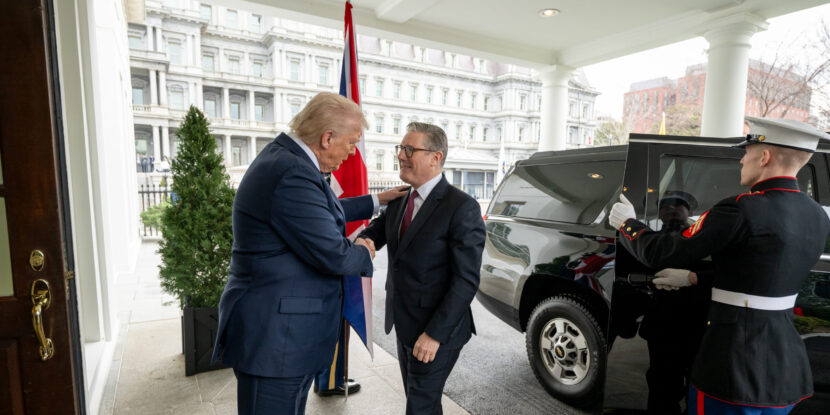
PULSE POINTS:
❓What Happened: A bilateral trade deal between the United States and the United Kingdom was signed on Thursday, May 8, 2025.
👥 Who’s Involved: President Donald J. Trump and Prime Minister Sir Keir Starmer.
Your free, daily feed from The National Pulse.
📍 Where & When: Announcement from the Oval Office on Thursday.
💬 Key Quote: “Both countries agree that economic security is national security,” said President Trump, noting that the deal will “bring the United Kingdom into economic security alignment with the United States.”
⚠️ Impact: The deal is seen as a significant move following President Trump’s ‘Liberation Day’ tariffs in the U.S. and Brexit in the United Kingdom, with potential implications for UK-EU relations.
IN FULL:
The United States and the United Kingdom signed a significant trade agreement on Thursday, the first bilateral deal since President Donald J. Trump imposed tariffs on foreign goods in April. Before the signing, President Trump alluded to the agreement, saying the White House would be making a “major” announcement that would be “very big and exciting” for both the U.S. and the UK.
President Trump said the deal will eliminate many tariff and non-tariff barriers to American goods entering the British market, and vice versa, “bring[ing] the United Kingdom into economic security alignment with the United States.” The America First leader’s words suggest his administration is looking to create something of an economic bloc on the world stage, comprised of like-minded allies, as opposed to a system of general free trade, including countries like Communist China, which is notorious for underhanded commercial practices such as currency manipulation and industrial espionage.
Prime Minister Sir Keir Starmer said it was “a really fantastic, historic day,” paying tribute to President Trump and his negotiating team and noting the symbolism of the deal being signed of Victory in Europe (VE) Day, when the United States, the British Empire, and other allies declared victory over Nazi Germany.
Notably, the trade agreement is only possible because of the United Kingdom’s Brexit vote and subsequent departure from the European Union (EU). This move has given British leaders greater maneuverability on the international stage, with the EU controlling trade policy for all of its member states and barring them from making their own bilateral deals.
The British-American agreement is a critical step for both nations, as the two countries are each other’s largest source of foreign direct investment. Additionally, the U.S. is the top export market for British goods, and the UK is the seventh-largest export destination for U.S. exports—with commerce likely to be further uplifted by the new trade agreement.
Last month, U.S. Vice President J.D. Vance signalled that a trade deal with the United Kingdom was a priority for the Trump White House. The Vice President stated: “There’s a real cultural affinity. And of course, fundamentally, America is an Anglo country. I think there’s a good chance that, yes, we’ll come to a great agreement that’s in the best interest of both countries.”
President Trump is set to visit the United Kingdom in September for a second state visit. It is widely expected that the British-American trade deal will serve as a catalyst for other nations to expedite their negotiations with the U.S. and pressure the EU to make concessions, so its former member state does not gain too much of a competitive advantage.
WATCH:
🚨 @POTUS: “This morning, I’m thrilled to announce that we have reached a breakthrough trade deal with the United Kingdom… it’s really in particular, the agreement with one of our closest and most cherished allies and we’re so happy that that’s the way it worked out.” pic.twitter.com/pKJjn2fNls
— Rapid Response 47 (@RapidResponse47) May 8, 2025
Jack Montgomery contributed to this report.
This story is developing…
show less

President Trump has nominated Dr. Casey Means, a wellness influencer and key ally of Health Secretary Robert F. Kennedy Jr., as the new U.S. Surgeon General, replacing Dr. Janette Nesheiwat.
Who is Dr. Means? She’s a Stanford-educated physician who co-founded the health tech company Levels and co-authored the book Good Energy with her brother, Calley Means, who is a White House adviser.
Your free, daily feed from The National Pulse.
- Dr. Means and her brother have been vocal advocates for Secretary of Health and Human Services Robert F. Kennedy Jr.’s ‘Make America Healthy Again’ (MAHA) movement.
What Trump is saying: The President announced the move on Truth Social, writing:
- “Casey has impeccable ‘MAHA’ credentials, and will work closely with our wonderful Secretary of Health and Human Services, Robert F. Kennedy, Jr., to ensure a successful implementation of our Agenda in order to reverse the Chronic Disease Epidemic, and ensure Great Health, in the future, for ALL Americans.”
What happened to Dr. Nesheiwat? Her nomination has faced intense scrutiny from Trump supporters due to her past support for masking and vaccinating children during the COVID pandemic
Zoom out: Notably, Nesheiwat is the sister-in-law of recently-ousted National Security Advisor Mike Waltz.
Big picture: Dr. Casey Means’s nomination signals that President Trump is bullish on the MAHA movement.
Be sure to subscribe to the Wake Up Right newsletter!
show less
President Trump has nominated Dr. Casey Means, a wellness influencer and key ally of Health Secretary Robert F. Kennedy Jr., as the new U.S. Surgeon General, replacing Dr. Janette Nesheiwat. show more

 1 month ago
4
1 month ago
4
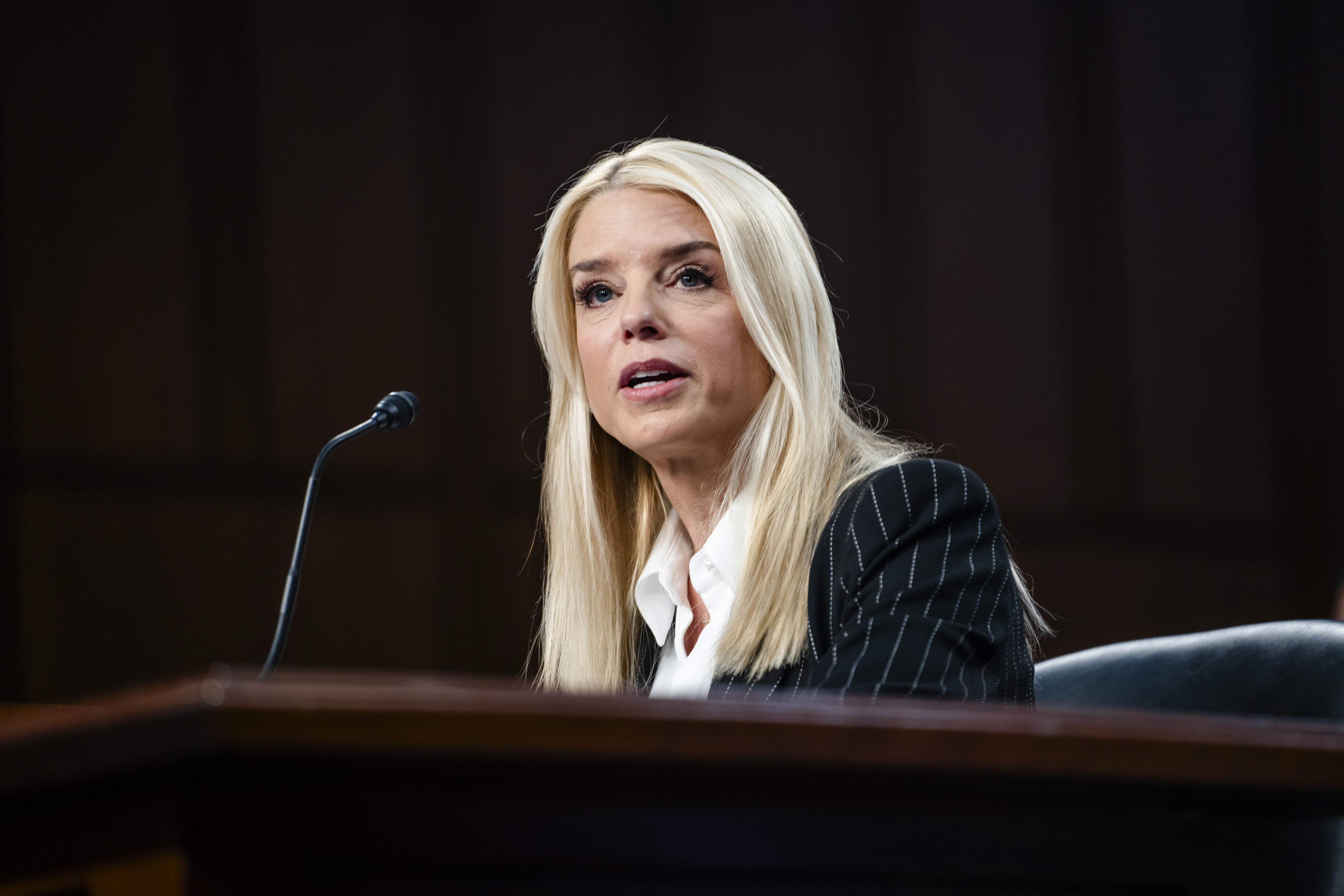
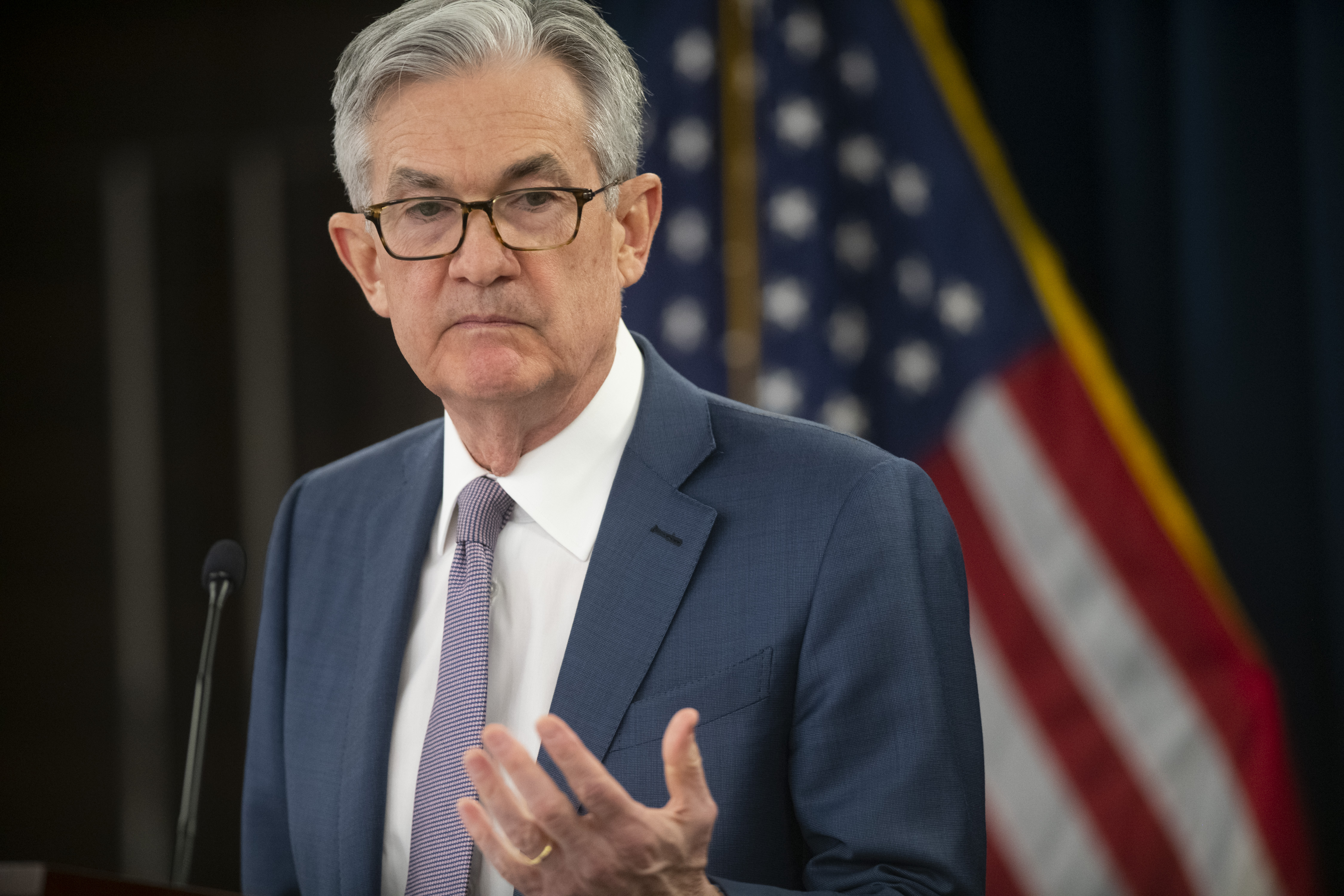
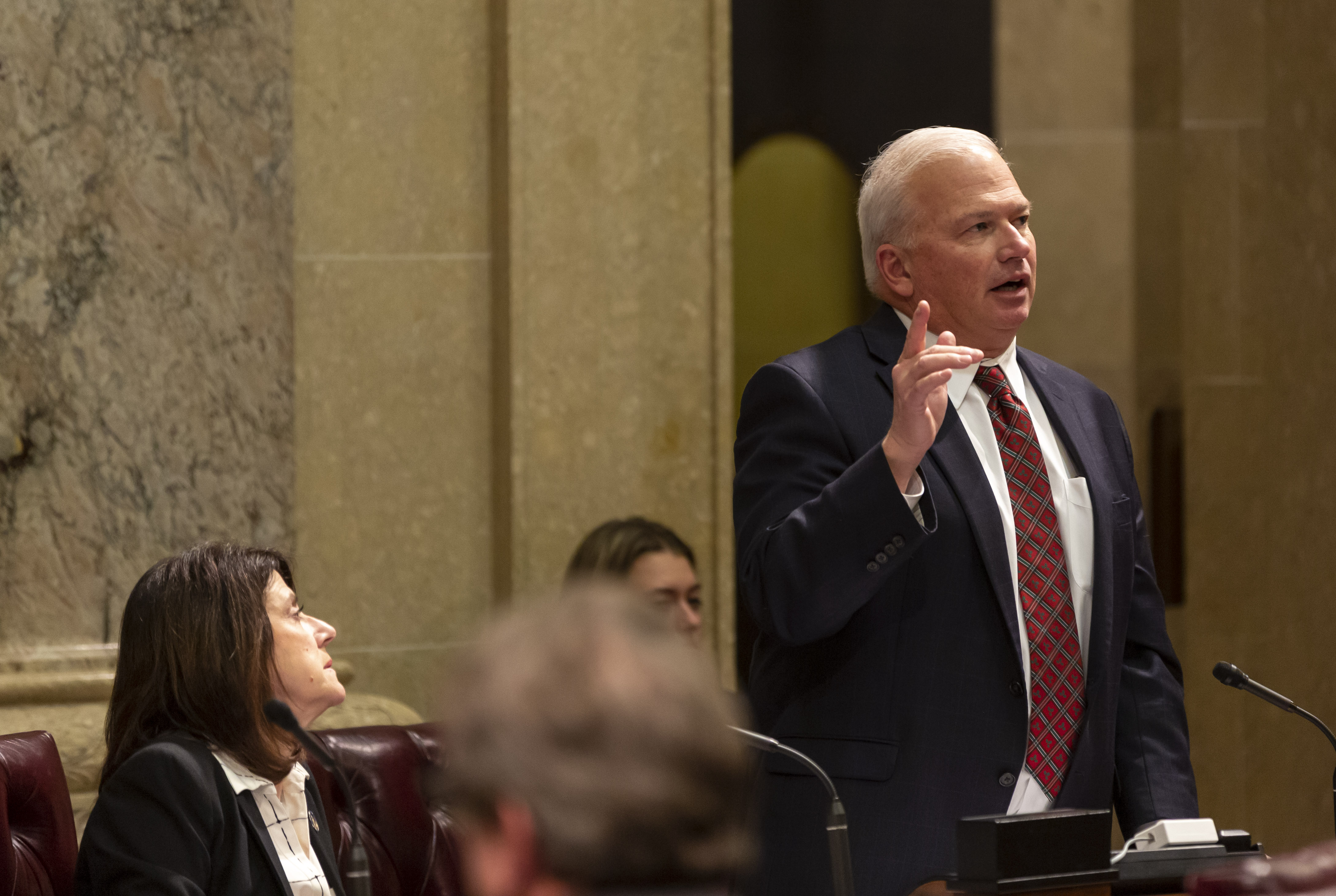





 English (US) ·
English (US) ·